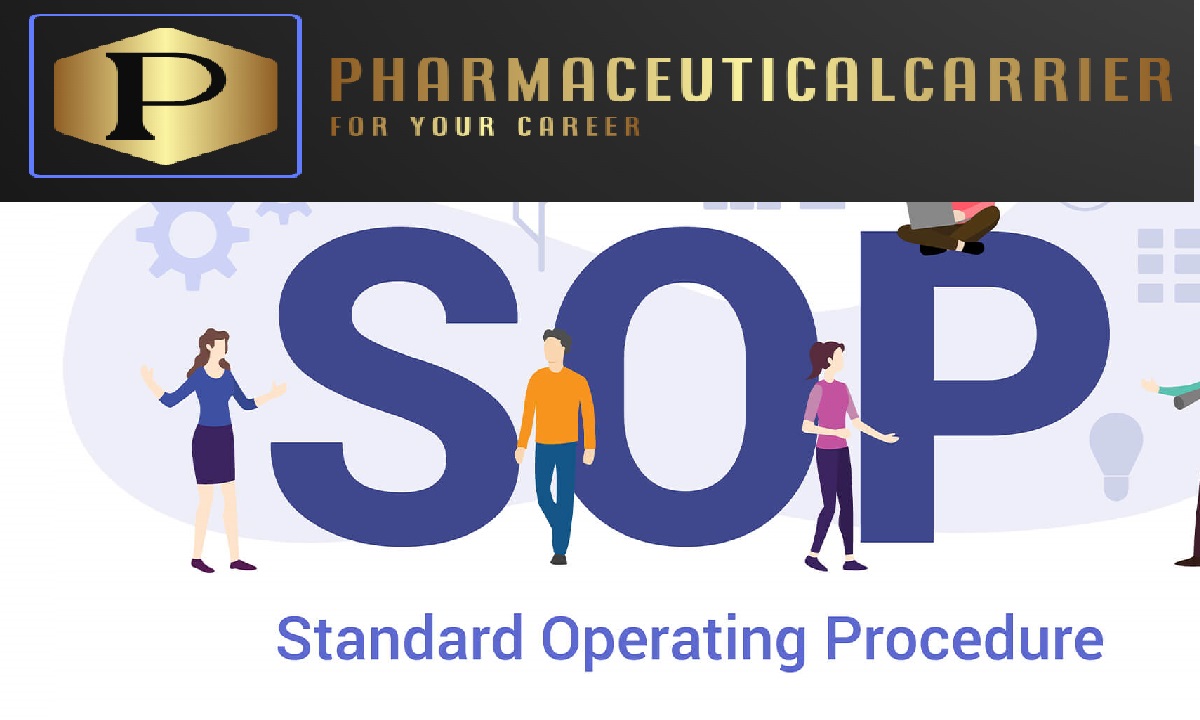1. Purpose of Good Laboratory Practice (GLP)
The purpose of this Standard Operating Procedure (SOP) is to establish and maintain Good Laboratory Practice (GLP) standards within [Company Name]. This SOP outlines the principles and procedures to ensure data integrity, traceability, and compliance with regulatory requirements.
2. Scope of Good Laboratory Practice (GLP)
This SOP applies to all laboratory personnel, including analysts, technicians, and quality control personnel, involved in conducting experiments, tests, and data recording within the laboratory facilities of [Company Name].
3. Definitions involved in Good Laboratory Practice (GLP)
3.1 Good Laboratory Practice (GLP):
A set of quality assurance principles and practices that ensure the reliability and integrity of non-clinical laboratory studies.
3.2 Test Facility:
The location or site where non-clinical laboratory studies are conducted.
3.3 Data Integrity:
The assurance that data is complete, accurate, and reliable throughout its lifecycle.
4. Responsibilities involved in Good Laboratory Practice (GLP)
4.1. Management
4.1.1 Establish and maintain a culture of GLP within the laboratory.
4.1.2 Allocate resources and oversee the implementation of GLP standards.
4.2. Study Director
4.2.1 Oversee the planning and conduct of non-clinical laboratory studies.
4.2.2 Ensure that all GLP requirements are met and documented.
4.3. Analysts and Technicians
4.3.1 Conduct experiments and tests in accordance with approved study plans.
4.3.2 Record data accurately and legibly, following GLP guidelines.
4.4. Quality Control Personnel
4.4.1 Review and verify study data for compliance with GLP requirements.
4.4.2 Document and report any discrepancies or deviations.
5. GLP Principles
5.1. Study Conduct
5.1.1 Follow approved study plans and protocols.
5.1.2 Ensure all procedures are documented and deviations are reported.
5.2. Data Recording
5.2.1 Record data directly in bound laboratory notebooks or validated electronic systems.
5.2.2 Include all necessary details, such as date, time, analyst’s initials, and instrument used.
5.3. Data Integrity
5.3.1 Ensure the integrity and security of recorded data, including electronic records.
5.3.2 Implement data backup and access control measures.
6. Study Documentation
6.1. Study Plan
6.1.1 Prepare a detailed study plan for each experiment or test, including objectives, procedures, and acceptance criteria.
6.1.2 Obtain approval for study plans before initiating experiments.
6.2. Study Reports
6.2.1 Generate comprehensive study reports that include study data, results, and interpretations.
6.2.2 Include all essential details for reproducibility.
7. Records Retention and Archiving
7.1. Record Retention
7.1.1 Maintain records, including laboratory notebooks and electronic data, for the required retention period.
7.1.2 Securely store and catalog records for easy retrieval.
7.2. Record Archiving
7.2.1 Properly archive and dispose of records as per regulatory and company policies.
For more articles, Kindly Click here.
For pharmaceutical jobs, follow us on LinkedIn
For Editable SOPs in word format contact us on info@pharmaceuticalcarrier.com
For more information kindly follow us on pharmaguidelines.co.uk
Pharmacareer team is a team of Experts from every department of Pharmaceutical industry having enriched experience. Experts have work experience of many multinational pharmaceutical industries worldwide.


